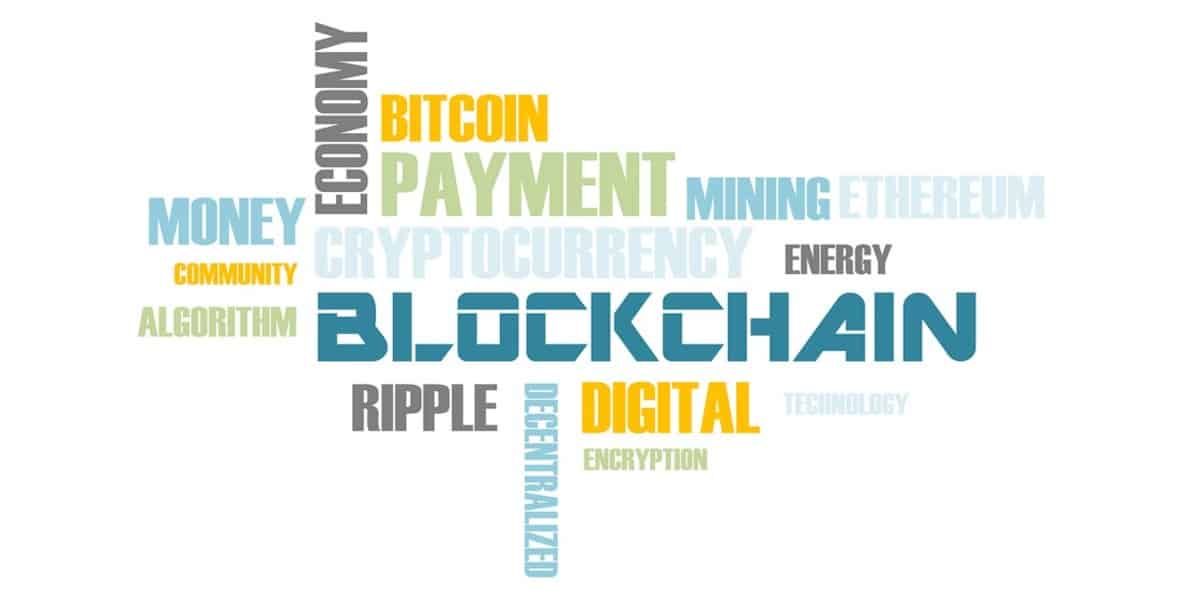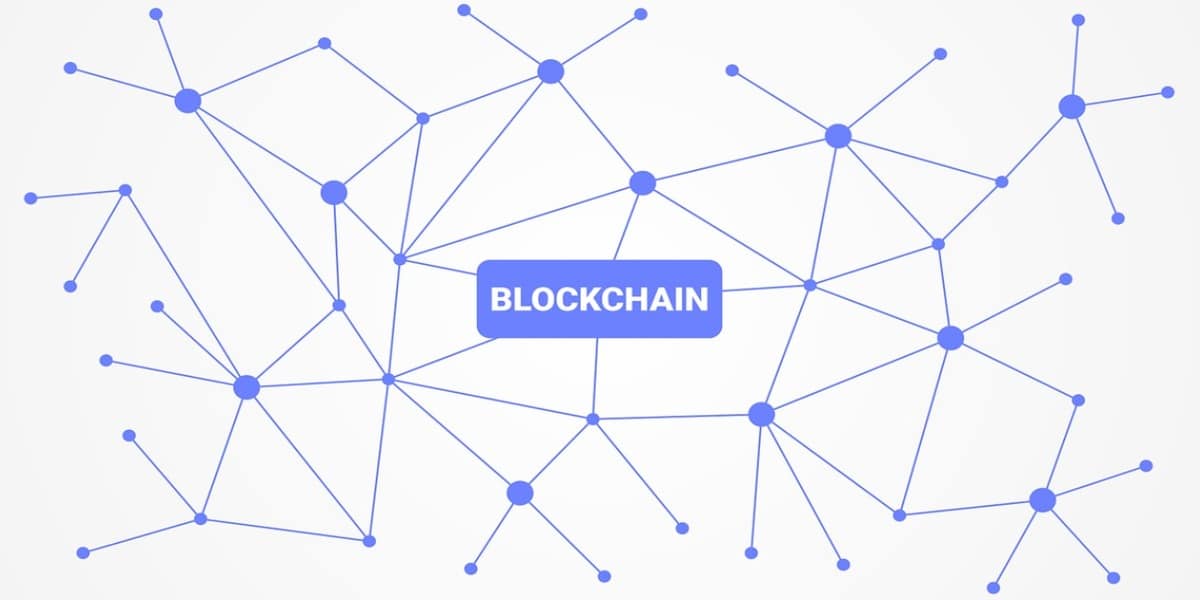Blockchain is arguably one of the most important innovations of the 21st century, revolutionizing our conceptions about data, transactions, and trust. In this Blockchain for Dummies guide, we will discuss what a blockchain is and how it works, the history of blockchain technology in relation to cryptocurrency, and its essential applications for beginners. Our goal is to demystify this technology so that, by the end of this article, our readers, whether they are bloggers, influencers, or average people, will possess the most basic understanding required to thrive in a rapidly advancing digital environment.
Blockchain for Dummies: Understanding The Basics
Blockchain is a digital ledger technology that records transactions on many computers, so the registered transactions cannot be altered retroactively. Transactions are gathered into a “block,” which is then chained in order with other blocks to create an ever-growing “chain.” This also enables all network parties to access and verify the transaction history without depending on a centralized entity.
However, blockchain is decentralized, so no one party controls an entire chain. Instead, it works on a peer-to-peer network where every participant (or node) holds a copy of the entire blockchain. This transparency builds user trust because anyone can confirm transactions by themselves.
Blockchain History
The term blockchain was first introduced in 2008 by an individual or group under the name of Satoshi Nakamoto in a whitepaper called Bitcoin: A Peer-to-Peer Electronic Cash System. This was the essential impetus for developing blockchain: secure and transparent peer-to-peer transactions without intermediaries (banks). Bitcoin, introduced in 2009 as a digital currency that used the blockchain to make proving ownership and transactions easier than ever, was the first real-world application of this technology.
Since blockchain has been growing, categories of crypto have flourished more than finance. With the advent of smart contracts in networks like Ethereum, applications for blockchain technology have multiplied exponentially.
Blockchain for Dummies: What Are Cryptocurrencies

Cryptocurrency owes its existence to blockchain, which is the bedrock of every cryptocurrency. Cryptocurrencies such as Bitcoin and Ethereum utilize blockchain technology to document, authenticate, and protect transactions. Every transaction is time-stamped, and data integrity is secured via the cryptographic hash of previous transactions.
Cryptocurrencies are decentralized, which means that users can send money between them without the need for intermediaries. Such a peer-to-peer system reduces overhead costs and provides privacy and security for the user. Moreover, the transparency of blockchain enables auditing these transactions in real-time, which creates some trust in the ecosystem.
Types of Blockchains
Blockchains come in many varieties, and each serves its unique purpose:
- Public Blockchains: Anyone that wants to participate here can (e.g., Bitcoin, Ethereum, etc.) They are decentralized and secure, but they can be slower as a result of their open nature.
- Private Blockchains: Only those selected are allowed to participate (e.g., Hyperledger). They are quicker and more efficient but lose some level of decentralization.
- Consortium Blockchains: These are owned by a group of organizations rather than one individual (e.g., R3 Corda). In these blockchains, you trade off some decentralization with efficiency.
- Hybrid Blockchains: They combine the features of both private and public blockchains.
Blockchain Applications
Outside of cryptocurrencies, blockchain technology has many different use cases in other industries:
- Some of the typical uses for blockchain include Supply Chain Management, which provides transparency and allows to document each step throughout the supply chain on a block.
- It protects patient records but allows doctors and nurses to access confidential data.
- It enables a transparent and secure way of storing votes, improving the integrity of the voting process.
- In real estate, it uses smart contracts to streamline property transactions, such as automatic title transfers.
Blockchain Benefits

Some benefits of harnessing blockchain technology include:
- Better Security: Because blockchain data is encrypted and immutable, it has increased resistance to fraud.
- Transparency: All transaction histories are open to all participants so that users can build trust.
- Lower Reliance on Intermediaries: Blockchain eliminates the need for various middlemen such as banks or brokers, consequently lowering transaction expenses by facilitating direct peer-to-peer transactions.
Blockchain Security
There are several methods to keep the blockchain secure:
- Hashing: Every block has its hash that links it to the previous block. This makes tampering extremely difficult, as you would have to change the remaining blocks to alter any data.
- Consensus Mechanisms: Protocols such as Proof of Work (PoW) or Proof of Stake (PoS) guarantee that all network participants agree on the authenticity of transactions before they are recorded on the chain.
- Decentralization: Blockchain is decentralized, which means that there is no single point of failure or control, thereby ensuring higher security from attacks.
Blockchain Limitations
Although it has its advantages, blockchain has its challenges:
- Scalability problems: If the network grows and more transactions are made, maintaining speed and effectiveness becomes very difficult.
- Energy Use: Certain consensus algorithms demand high levels of computational power and energy consumption (especially the case of Bitcoin’s PoW)
- Uncertainty of Regulation: The continually changing regulatory landscape is a big challenge for many businesses that want to adopt blockchain solutions.
Blockchain for Dummies: Final Thoughts
Anyone wishing to participate in modern digital economies or industries must understand blockchain technology. As it matures, the use of this technology will likely continue to expand into other industries.
For bloggers who are still without a website, check these modern website design trends. Also, contact us when you need a team of SEO experts to start ranking and get more quality traffic. You can also connect with us on Facebook or LinkedIn.
Sources:
- www.coursera.org/learn/blockchain-basics
- www.simplilearn.com/tutorials/blockchain-tutorial/blockchain-technology
- www.investopedia.com/terms/b/blockchain.asp
All images from pixabay.com



What is a DNS, and Why Do You Need One?
In Need of a Good VPN? Here is a List Based on Reliability, Speed, and Security